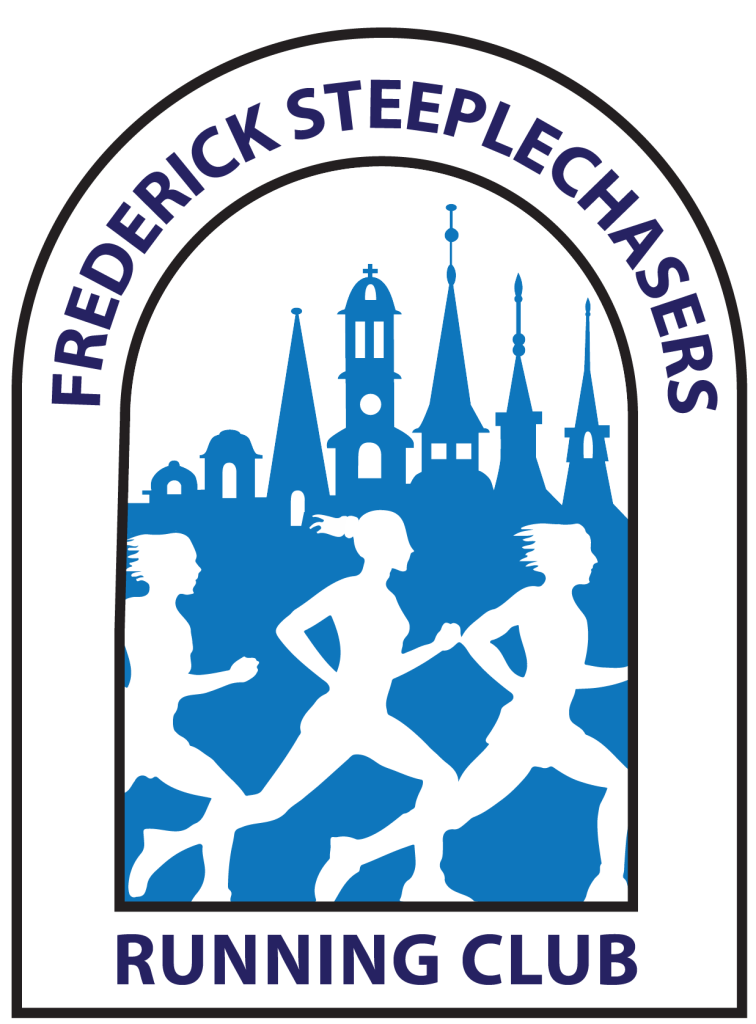by S. Nicole Davis, DPT
In The Amazing and Adaptable Human Body, Part 1: The Damage and Repair Cycle, we learned how our body becomes stronger and able to run faster and longer through the process of micro-damage from running, followed by clean-up and repair by our body’s construction crews. To stay healthy however, the rate of damage cannot be faster than the rate of repair. But what can you do to help your construction crews keep up?
Build a strong foundation. Work on your running form, hip strength, and balance. Address any mobility or structural alignment issues you may have. Roads and buildings with strong foundations are much less likely to be damaged. Same is true with the human body.
Respect recovery. A road construction crew cannot repair a road in use. The body can’t either. Repair and adaptation occur during periods of rest. Rest should be both low impact cross training (swimming, cycling, etc.) and complete days off from physical activity.
Mix it up. Running is repetitive. Changing the surface, pace, distance, or incline alters how impact forces are transferred through the body and how the body adapts. Adding variety not only leads to a stronger, more balanced runner, but also decreases wear and tear on any one body part.
Ease into ANY change. Any change you make stresses your body differently, although sometimes that difference may seem subtle. Give your body plenty of time to go through those repair processes to adapt to the change. The general rule is to not increase mileage by more than 10% a week. But you should also ease into changes such as new shoes or terrain, adding hills or speed work, any change.
Change only one thing at a time. Each change you make stresses your body and they add up. Don’t overwhelm your construction crews by changing more than one thing at a time. For example, don’t increase your mileage and add new speed work in the same week.
Run slower…and faster. You could always run in the easy, conversational pace zone, but if you want a PR you are going to need to add speed work and racing eventually to stimulate the body to make the needed adaptations. Most runners don’t have enough of a difference between their slower and faster paced runs. They end up in this sort of middle zone that is the worst of both worlds – too fast for good recovery, too slow for good stimulation. The bulk of your weekly mileage – 80-100% — should fall in the recovery/easy category. An excellent resource for determining your training paces is www.mcmillanrunning.com.
Have an adequate base for your next step. Give your body plenty of time to make the necessary adaptations to take you through the next step injury free. Whether you are new to running or coming back from injury, you need to be able to run 3 miles comfortably before adding hills or tempo. Be comfortable with easy to moderate hills and 6-mile runs before training for your first half marathon. Be comfortable with 8 to 10-mile long runs before you start marathon training. For someone completely new to running, run a year consistently before attempting your first half marathon, and another year before the first marathon.
Add speed work cautiously. Speed work causes quite a bit more micro-damage than any other training pace. Speed work also tends to amplify any form or strength issues you might have. Be comfortable running moderate hills before adding speed work. Initial attempts should be short and sweet. For example, a few strides at the end of a run, or a few 30-60 second fartleks, gradually increasing both the duration or difficulty from week to week.
Your running year should have seasons, each with a specific purpose. Endless training tends to overwhelm your construction crews. They need the occasional vacation.
- Primary race season: Time to really go after that goal race distance or goal time, with up to 2 or 3 races that build to prepare you for that ultimate goal race. For example, using a half marathon to test your training before a goal marathon.
- Recovery season: Drop your mileage significantly, particularly in the first few weeks after your goal race. Give your body plenty of time to recover and rebuild from the previous heavy training season. This is a good time to toss out the electronics and run purely for the enjoyment of the motion.
- Secondary race season: This is the season to run and race for fun, not worrying too much about PR or distance goals. Try a shorter distance, run a charity race with friends, or do that fun destination race.
- Strength/form building season: The season leading into your primary race season should be spent shoring up your running foundation. You want to go into your primary race season healthy and with fresh legs. Drop your mileage a bit at the beginning and focus instead on building strength and perfecting your form.
Your primary competitive season should have seasons of its own. Divide your primary competitive season roughly into thirds.
- Base building: Easy, conversational runs building mileage.
- Strength building: Hill repeats, tempo runs to boost heart, lung, and leg strength and endurance.
- Speed building (optional): Speed work to hone leg turnover speed and mental toughness.
Experienced runners going into their primary season with a solid base can begin the strength building miles early. However, because speed work is so taxing on the body, save it for the last 4 to 5 weeks of your training cycle. New runners and runners coming back from an extended layoff should skip speed work entirely.
Consider having a 10-day cycle. Training plans based off 7-day cycles are convenient for most working adults. But for those with low injury thresholds, or who are older, our construction crews need a little more time. Extending the training cycle to 10 days can mean the difference between running healthy and being perpetually injured.
Plan in recovery weeks. The body takes longer than 7 days to complete the repair and adaptation process after a hard workout. Keep increasing the difficulty of your training week after week and you eventually dig yourself into a hole in which the rate of damage is faster than the rate of repair. To give your construction crews time to catch up, plan in recovery weeks. Generally, dropping your mileage by 30% every 4th week works well enough for most runners, particularly in the first 8 weeks of their training plans. As training difficulty increases however, dropping mileage every 3 weeks can help the body construction crews keep up. Many ultrarunners even shift to a mileage drop every other week in the last few really high mileage weeks of their plans. But an every 3rd or every 2nd week drop is also useful for injury-prone runners or slow marathon runners throughout their training plans.
Time on your feet is important. A 12 minute-per-mile marathoner takes over 18,000 more steps to run a marathon than an 8-minute miler. With each step, the body sees an impact force of 3 times the body weight. The slower runner can offset this greater impact by planning in extra recovery time.
There are no junk miles. Always run with a purpose. Never run more miles just because you think you should. Quality trumps quantity every time.
Have a plan…for your running year, your running season, and for each run. That plan may be to just go have a fun, easy run and socialize with your running besties.
…But be flexible. You might need to dial back on a run if you are scheduled for speed work, but your legs are just not being cooperative or you are feeling a twinge. Or you may have a great plan for your race lead up, but then a case of the flu knocks you off your feet for two weeks. Don’t just jump back into your training plan like nothing happened. Back up a bit and ease back in.
Injury-free running can never be completely guaranteed. But the happier you keep the construction crews repairing the damage, the better job they are going to be able to do to keep you healthy and progressing with your running. Give them the occasional vacation, don’t overwhelm them with too big of a job, and they’ll work hard to keep you running happy for years to come.
Nicole Davis, DPT is a biomechanical engineer turned physical therapist, specializing in running injury prevention and management. She is also an RRCA Level II certified running coach, coaching both youth and adult distance runners.

